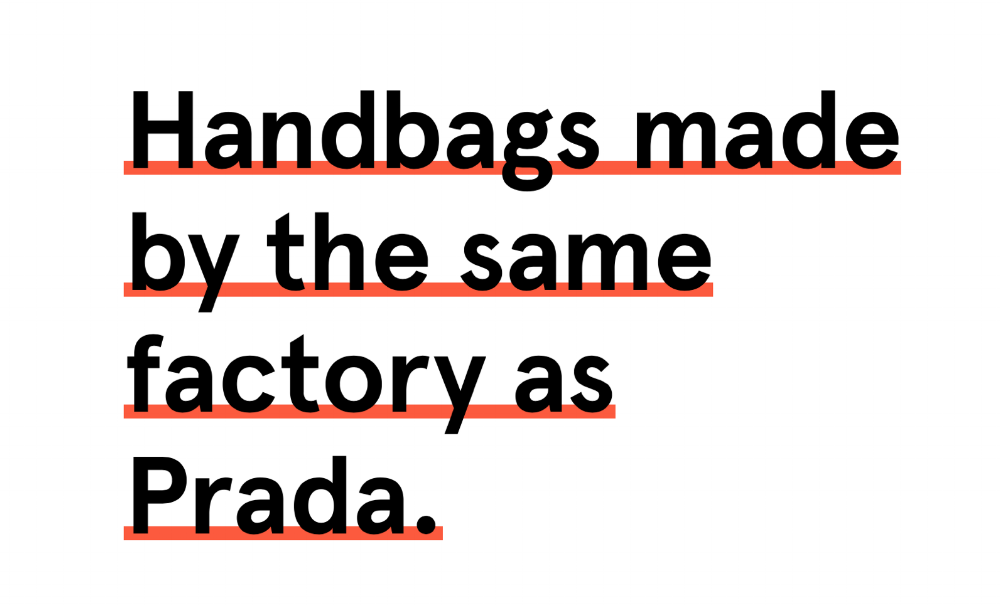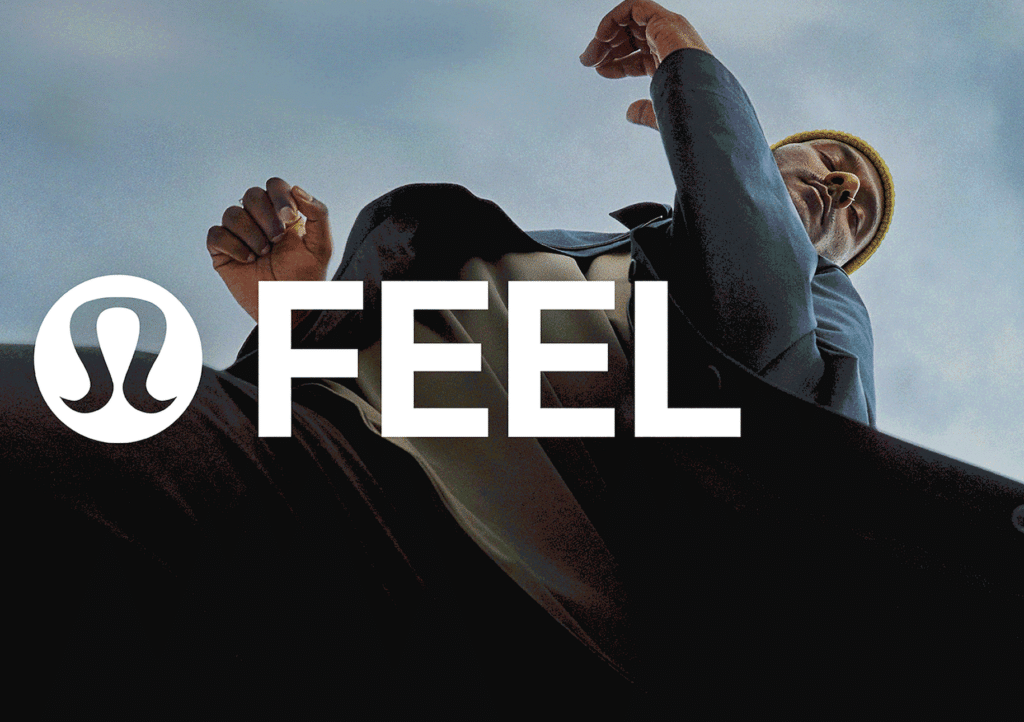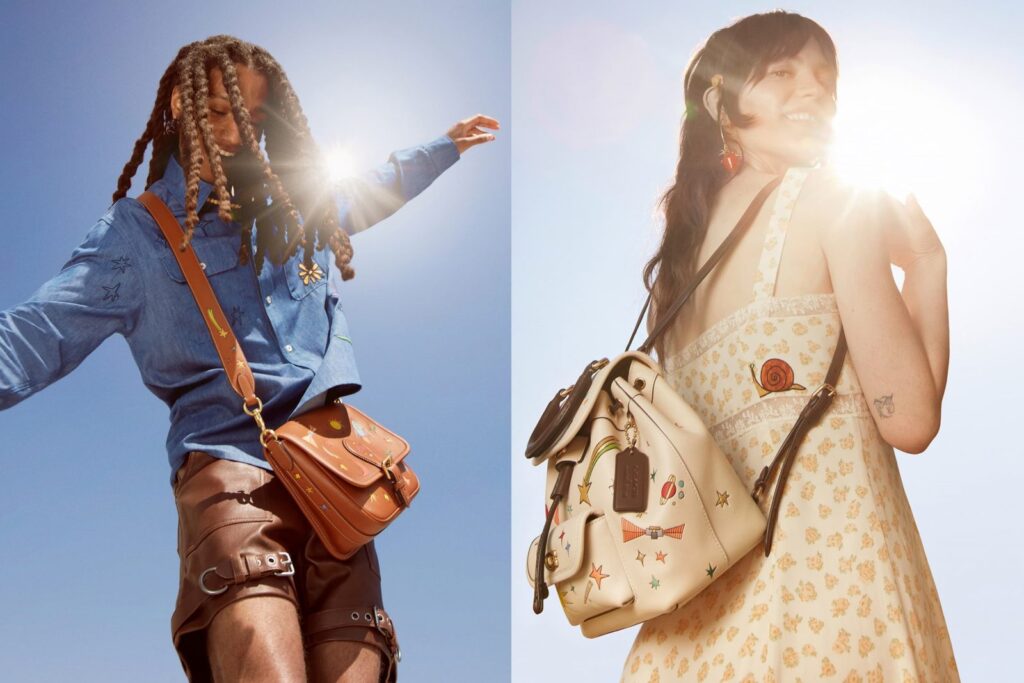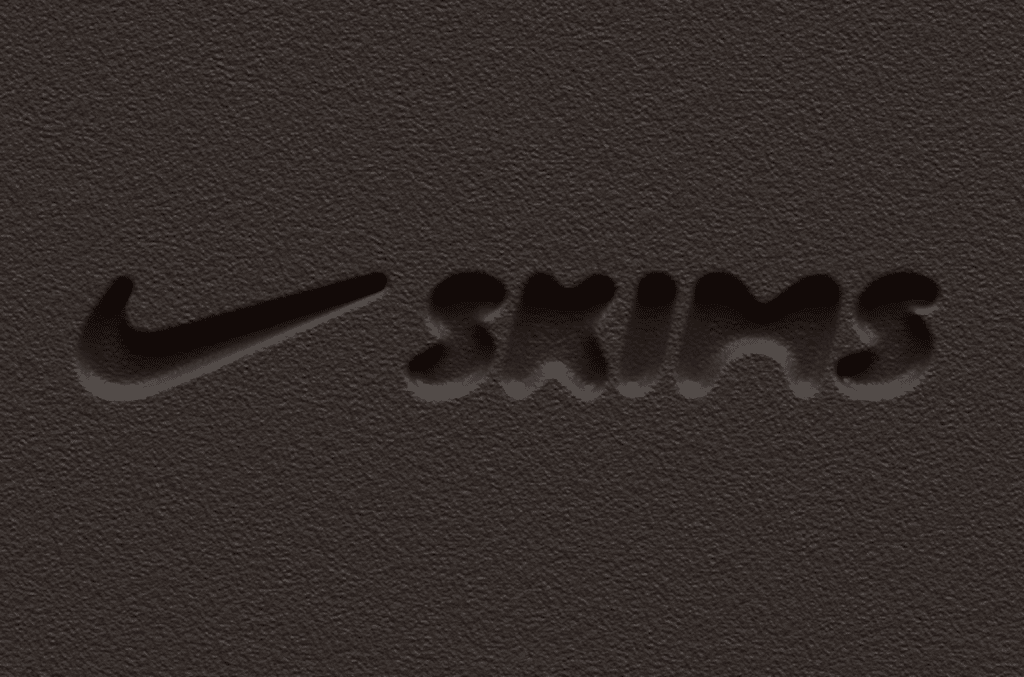A cashmere scarf from one of the factories that makes Burberry’s own outerwear for just $95, a whopping $400 or so less than Burberry’s retail price. How about a leather bucket bag from the craftsmen behind some of Givenchy’s products or a leather satchel from a factory linked to Celine? That will set you back just $245 and $150, respectively – more than $2,000 off of the price of your average Givenchy bag and upwards of $3,000 in the case of Celine. Lipstick for $10 made by the same manufacturers as those behind La Praire. These unbranded, luxury-like products are precisely how Italic is aiming to take on the fashion industry’s most established names.
Italic, a West Hollywood, California-based members-only marketplace, which launches this week thanks to $13 million in venture capital funding, has dreamt up a model to enable consumers to access high-quality garments, accessories, and other goods – from the very same factories “behind your favorite [luxury] brands” – for a fraction of the cost.
The team behind budding new venture – which was founded this year by HR software entrepreneur and former Thiel Fellow, Jeremy Cai – “hand-selects the design, materials and finishes of each product sold on Italic.” And those products “are made by trained craftsmen following the extremely tight and exact standard of our production agreement.”
“By removing brands and labels from the equation,” Italic says it enables “manufacturers to earn significantly higher profits while passing ‘brand markup’ savings onto customers.”
But is Italic really removing brands from the equation? While the company might not be selling bags with a newly accent-less Celine logo on them or jewelry with Cartier’s interlocking “C” trademark, it is not necessarily brand-less.
Italic’s leather bags, for instance, are not merely high quality leather bags. As indicated by its marketing materials, and even its Instagram bio, the leather bags that Italic is offering for sale are coming from the same factories as (or factories that have been linked to) Celine, Givenchy, and Prada bags, among others. This use of other brands’ names by Italic – to directly tie its wares to those of some of fashion’s most well-known brands – is significant because these well-known high fashion brand names almost certainly serve as a significant draw for consumers.
In other words, it could be argued that Italic is making use of other brands’ trademark-protected names in an effort to entice consumers to buy its own products.
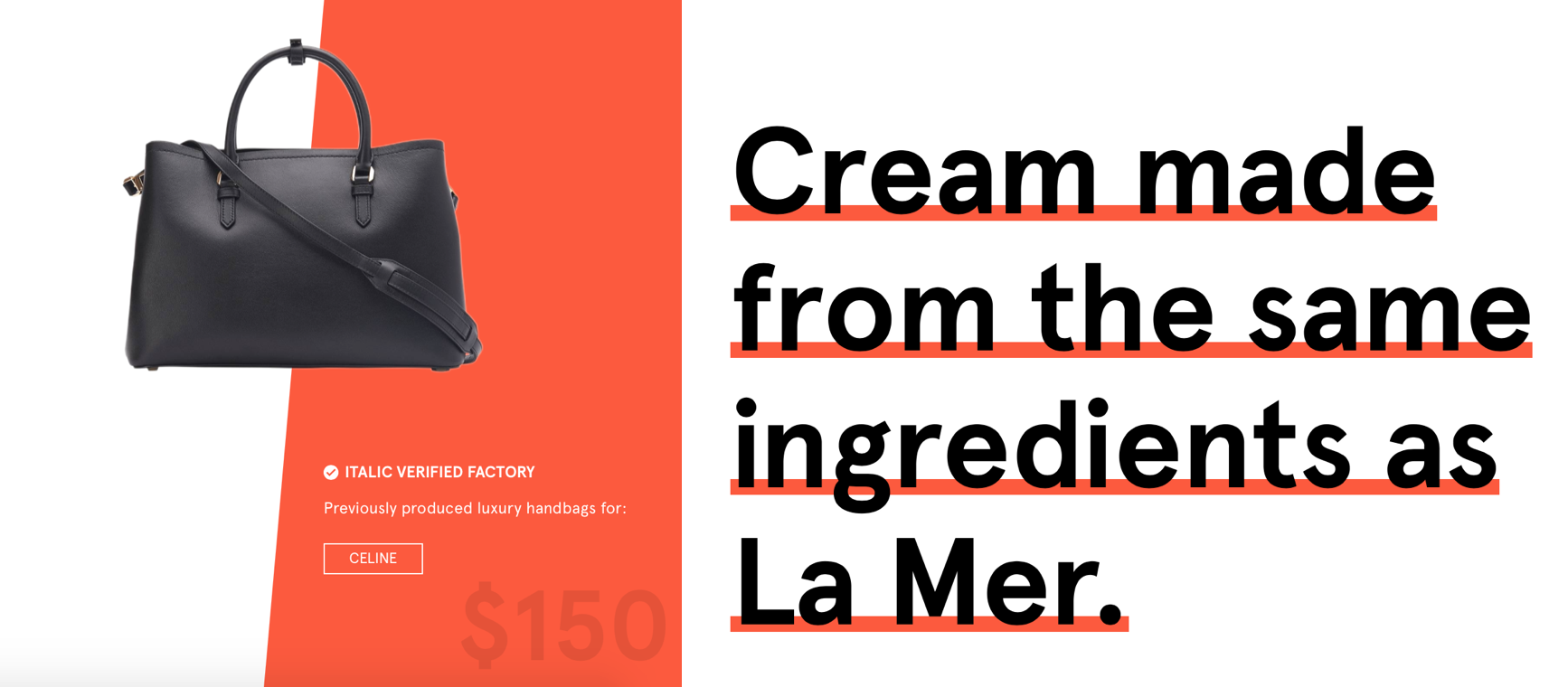
Legally speaking, this could be problematic. To be specific, Italic’s use of other brands’ names could be running afoul of trademark law, which bars the unauthorized use of another’s trademark “on or in connection with goods and/or services in a manner that is likely to cause confusion, deception, or mistake about the source of the goods and/or services.” By using Givenchy’s trademark-protected name, for instance, in connection with its sale of a non-Givenchy bag, Italic may giving rise to a likelihood of confusion amongst consumers, and therefore, a merited claim of trademark infringement for the LVMH-owned brand.
And even if Givenchy cannot make a case that consumers are likely to be confused by Italic’s use of its name, it could, at least in theory, call “Dilution!” A separate trademark claim, dilution does not require a showing that consumers are likely to be confused, but instead, that the unauthorized use of Givenchy’s famous brand name is likely to lessen the distinctiveness of the brand’s highly valuable trademark.
Should Italic be faced with such a lawsuit, it would not be without a potential defense. In certain circumstances, an alleged infringer may escape liability if his use of another party’s trademark is considered fair use. In the (hypothetical) case at hand, Italic could claim that its use of the Givenchy name is nominative fair use because it is only using it to describe the output of the factory and the product, and compare to compare Givenchy’s products to its own.
Moreover, Italic could argue that it is not using other brands’ names (in terms of text size, font, etc.) any more prominently than the other words on its site, thereby, potentially boosting its chances of success.
Beyond the potential intellectual property issues, Italic’s business may give rise to behind-the-scenes contract disputes between the brands whose names are being used and their suppliers. It is extremely common for luxury brands to require their suppliers – many of which are long-standing and whose identities are treated as valuable and thus, confidential trade secret, information – to sign strict non-disclosure agreements preventing them from marketing (or even revealing) themselves as suppliers for those brands.
While Italic does not provide any identifying details about the factories it works with, a subpoena could be used to identify culprit manufacturers (and potentially add defendants to a lawsuit). Such an endeavor could very well be in brands’ best interest, at least in theory, as one of the core strengths of fashion’s big-name luxury brands is not necessarily the actual products they sell. It is the storytelling – complete with details and imagery of the stalwart luxury craftsmanship at play – that they use to market those products.
If companies like Italic can boast about using the same factories as the brands in the upper echelon of the fashion industry, there is a chance that high fashion figures’ mystique – and their air of luxury, quality, exclusivity, etc. – could be diminished. This concern might be heightened further if Italic’s offerings do not ultimately match the quality of the high fashion names it references (and without the same level of quality control, etc. that is exerted in connection with high fashion products, it likely will not be).
As Fast Co. noted this week, “One of Cai’s biggest challenges was convincing these factory owners that he had their best interests in mind and wanted to help them make more money.” Now, it will likely be escaping battles with brands due to the legal issues that potentially courting. The company might already be on Gucci’s radar, as the Italian design house’s name has disappeared from Italic’s Instagram bio (and has been swapped for Givenchy) in recent weeks.
“We’re a little controversial in that we say ‘here is a handbag made in the same factory as Prada,’” Cai told Fast Co.
And that is probably putting it very mildly.




